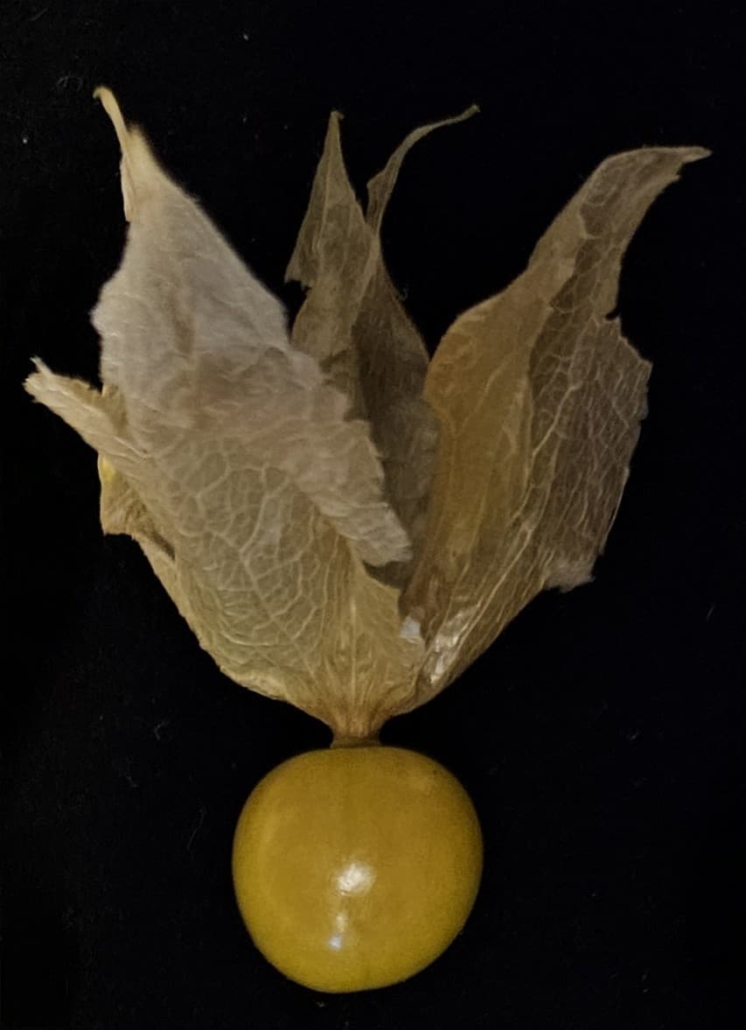From garden oddity to grocery staple: The scientific makeover of the groundcherry
Scientists at the Boyce Thompson Institute are using CRISPR gene editing to transform the little-known groundcherry into a commercially viable crop, potentially revolutionising the fruit market and providing valuable insights for related species.

Physalis grisea (groundcherry)
Reimagining a forgotten fruit
In a quiet corner of North America, a small fruit with an intriguing flavour profile has been growing largely unnoticed for centuries. The groundcherry (Physalis grisea), a distant relative of the tomato, boasts a unique taste that combines the tang of a tomato with the sweetness of a pineapple, all wrapped in its own natural paper lantern. Now, this unassuming fruit is poised for a dramatic transformation, thanks to cutting-edge genetic research at the Boyce Thompson Institute (BTI).
For over six years, Dr Joyce Van Eck and her team have been spearheading the “Physalis Improvement Project”, an ambitious endeavour aimed at elevating the groundcherry from a garden curiosity to a mainstream crop. Their goal is to see groundcherries sitting alongside familiar berries in supermarkets across the country.
Overcoming agricultural challenges
The groundcherry’s potential as a commercial crop has long been hampered by several unfavourable traits. Savanah Marie Dale, a graduate student and co-first author of the team’s recent paper, explains: “Groundcherries have a lot going for them. They’re nutritious, have a uniquely delicious flavour, and can grow in a variety of climates. The problem is that they have some pesky traits that make them difficult to cultivate on a large scale.”
These “pesky traits” include a sprawling growth habit that complicates cultivation and a tendency to drop ripe fruit to the ground, increasing the risk of contamination from soil-borne pathogens and making harvesting a labour-intensive process.
Rather than embarking on a decades-long selective breeding programme, the BTI team has turned to CRISPR/Cas9 gene editing technology. This precise method allows them to make targeted changes to the plant’s DNA, addressing specific issues in a fraction of the time traditional breeding would require.
Early successes and future prospects
The team’s efforts have already yielded promising results. They’ve successfully created groundcherry plants with a more compact growth habit, significantly improving their cultivability. Additionally, they’ve increased fruit size and are working on extending fruit retention on the plant, which would simplify harvesting and reduce contamination risks.
But the project’s scope extends beyond mere agricultural improvements. Elise Tomaszewski, another graduate student and co-first author of the paper, highlights the groundcherry’s broader scientific significance: “Beyond its agricultural applications, groundcherry serves as a valuable model species for studying the Solanaceae family, which includes economically important crops like tomatoes and potatoes.”
A model organism with practical applications
The groundcherry’s unique characteristics, such as its inflated calyx (the paper lantern-like covering) and fruit abscission mechanisms, offer valuable insights that could be applied to improve related crops. This dual role as both a potential commercial crop and a model organism underscores the project’s importance in both practical and theoretical realms.
Furthermore, the team is investigating the groundcherry’s natural resistance to certain insect pests. This knowledge could prove invaluable in developing more resilient varieties of related crops, potentially reducing the agricultural sector’s reliance on pesticides.
Implications for global food security
As the world grapples with the twin challenges of climate change and food security, projects like the Physalis Improvement Project offer a glimpse into a more resilient and sustainable agricultural future. Dr Van Eck emphasises the far-reaching implications of their work: “Improving groundcherry not only benefits those who grow and consume this nutritious fruit but also enhances our understanding of plant biology, which is crucial for future agricultural developments.”
Reference:
Dale, S. M., Tomaszewski, E., & Van Eck, J. (2024). Engineering the future of Physalis grisea: A focus on agricultural challenges, model species status, and applied improvements. Plants, People, Planet. https://doi.org/10.1002/ppp3.10536


